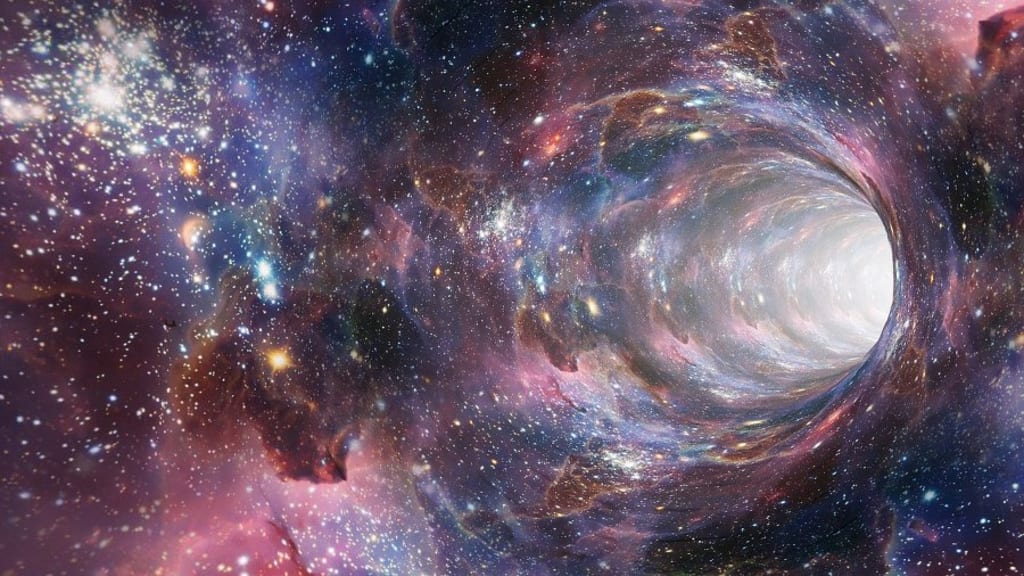
What happens when you remove the singularity from a black hole? A wormhole might appear right in the center of it. Can you go through, can we travel through time? Nobody knows for sure, but in case you are immensely bold, the easiest way to find out is diving right into it.
Most of what we do know about wormholes is based on real theoretical physics ideas. Now a new research is focusing on the very nature of space-time inside black holes.
Back to the diving experiment — black holes are the most extreme gravitational experiences you’d find. In case you forgot, a black hole is a place in space where just enough matter came together, creating immense gravity and leading to the ultimate crush resulting in a single point… eventually collapsing space-time with it. So if you dive, you’ll automatically cross the event horizon or to be more precise, you’ll be stretched out by its sheer gravitational power.
Unfortunately, we have no experience of what really goes on beyond the event horizon as no external observer is able to see through it. However, there always needs to be a singularity in the center as otherwise, no black hole would exist. Singularities break math and defy logic. Maybe they’re just a computational mistake in the matrix or something totally different lying hidden underneath.
According to a team of physicists led by Diego Rubiera-Garcia of the University of Lisbon, Portugal, black holes might not be dead-ends after all. The math led the authors to a theoretical description of black holes without a singularity. As a by-product and pretty much to their surprise, a finite-sized and spherical wormhole structure appeared in the singularity’s place. A wormhole features a structure of finite size, where space and time continue past and beyond the black hole and into another part of the Universe. Any kind of physical object diving into it would then experience another fate, if it can withstand the intense gravitational field and retain its unit as a body. A body consisting of interconnected points by physical or chemical interactions.
Ruby-Garcia had this to say on the matter:
“Each particle of the observer follows a geodesic line determined by the gravitational field. Each geodesic [a path in space and story in time followed by a freely falling particle] feels a slightly different gravitational force, but the interactions among the constituents of the body could nonetheless sustain the body,”
In their work, the authors show that the time spent by a light ray in a round trip between two parts of the body is always finite. Thus, different parts of the body will still establish physical or chemical interactions and, consequently, cause and effect still apply all the way across the throat of the wormhole.
Combined, that’s pretty important news, as it could mean that the tidal forces might not translate to ‘eternal spaghettification’ for the astronaut unfortunate enough to reach an event horizon after all. It’d surely be a dream come true for theorists on singularities and sci-fi writers alike as the infinite long and infinite thin astronaut didn’t make much sense to them anyway.
So if we just swap the inner part of any black hole with a wormhole instead, the fact that we do have a finite-sized structure rewrites the possibilities. Even though the researchers made it clear, that it’s not a passageway through space-time (it’s more of the microscopic kind and not traversable by macroscopic objects)… it is another proof for the existence of wormholes nonetheless!This story was originally published on pionic.






Comments
There are no comments for this story
Be the first to respond and start the conversation.